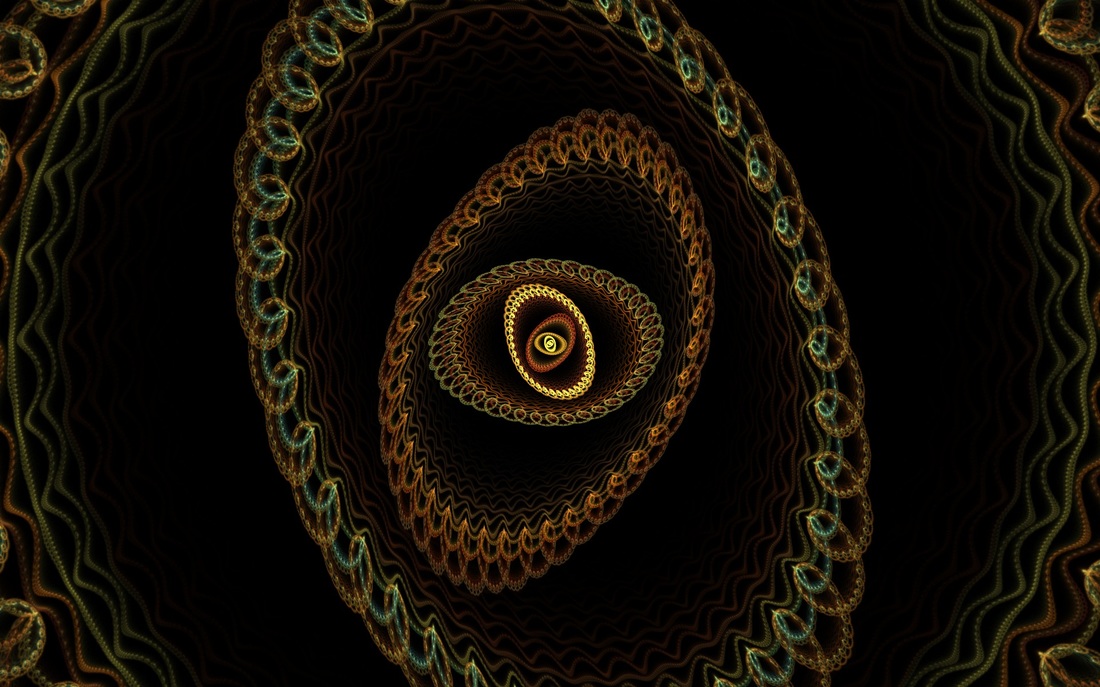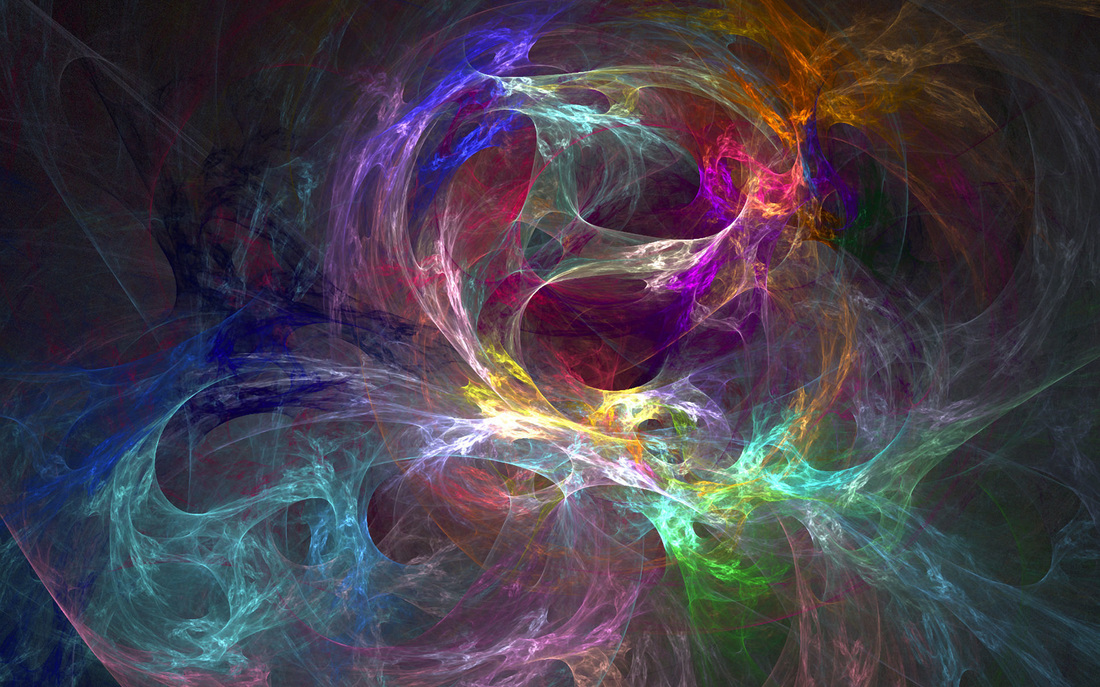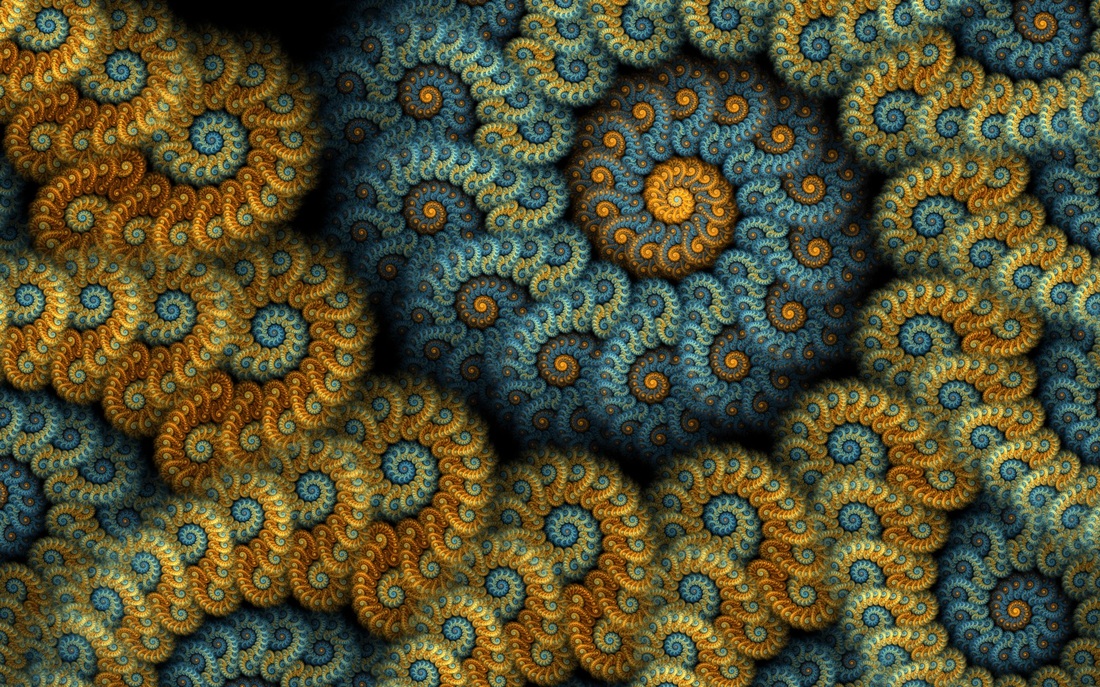n
The phenomena of these olfactory “blind spots” is really curious to me. How is it that someone can recall any number of different smells and yet be seemingly immune to one specific aroma? Mind you that in some cases these aromas, like pyrazines, are light years from being subtle. Very curious indeed.
In a post earlier this year I wrote about one of my favorite olfactory memories of being in a beautiful heirloom rose garden at the Max Wittman estate in the Rheinhessen; about the role strong positive feelings play in a profound smell memory and how one’s like/love of the object of the memory only serves to intensify the experience as well as strengthen the memory for future recall. My theory is that the stronger the feeling associated with the memory, the easier, more accurate, and faster we’re able to recall it.
With these so-called blind spots, let me pose the following: can we use our most profound olfactory memories to help improve our overall olfactory “smell” memory and thereby also improve our tasting? Further, can someone use their best olfactory memories to help install these blind spot aromatics? Good question and I’ll wager the answer is not only yes, but easier than you think. The answer lies in discovering the template or sequence of how our profound smell memories are put together so we can then use them to install new smell memories—even those tough “blind spot” memories that evade us. We’ll also use strong feelings to make the whole process a deeper experience.
There are two parts to discovering the template of one of your profound olfactory memories:
Content: as in the subject of the memory itself; like a childhood memory of freshly baked bread or the best espresso you’ve ever had. We’ll use my rose garden memory for content in just a moment.
Structure: arguably far more important the actual content of your memory. In that previous rose garden post, I mentioned the structural elements of our internal senses. For example, with our internal images or movies elements such as size, brightness, and proximity are key to the intensity and longevity of the memory. Behavioral psychologists call these structural elements submodalities. I wrote a previous blog post about them (see post from 9/20/2013). There are over 60 possible structural qualities for internal visual alone, but we’ll focus on a handful of the most important ones.
To demonstrate how to deconstruct the template of an important smell memory we’ll use my experience in the rose garden. To “keep score” I’ll use a check list comprised of a group of the most important visual submodalities:
Still image vs. movie: the rose garden memory is a movie—which is far more powerful than a simple still image.
Size: it’s life size and all around me; panoramic, if you will.
Associated/disassociated: fancy talk for either seeing the memory out of your eyes as if you’re actually there (associated) or seeing yourself from afar in the memory (disassociated). Easy one for me; whenever I drop back into the rose garden memory I’m there in a flash looking at everything out my own eyes Answer: associated!
Proximity: the rose garden memory is close as in all around me; I’m standing in the middle of it. This versus a memory where the focus of activity or whatever is a distance out in front of you.
Dimensionality: is the memory is 2D and flat or is it in 3D and have depth? My rose garden memory is definitely three-dimensional.
Color vs. black and white: easy answer—the memory is in vivid, almost more than lifelike color.
Brightness: my memory is really bright in terms of color and light—almost more than lifelike. Compare that to a dull image
Sounds: in the memory I can hear the sounds of my colleagues conversing in the distance and buzzing of bees (Quite a few of them!) around me.
Internal feelings: absolutely! In the memory every time I stop to smell a rose I close my eyes and experience an internal feeling of reaching out to something. But then a vital part of the memory occurs: an amazing feeling of happiness and connection that starts in my chest, moves up into my head and then back down in a loop moving forward. The feeling spins forward. The longer I think about it (memory), the stronger it gets.
Internal dialogue: I distinctly remember saying, “Wow!” internally when smelling a given rose.
Your Turn
Now it’s time to discover your own template using my rose garden memory as an example. Choose one of your favorite smell memories. It can be from childhood, home, or travel. Once you have a memory in mind, ask yourself the following about it:
- Still image or movie?
- Size: how big is the memory?
- Associated vs. disassociated: are you looking out of your eyes at the “scene” in your memory or watching yourself do something?
- Proximity: how close is the action in your memory to you?
- Dimensionality: is your memory 2D or 3D?
- Color vs. black and white: which one?
- Brightness: dull, bright, or HD bright?
- Sounds: note any sounds in the memory
- Internal feelings: how does the memory make you feel? Remember, the feelings part of your memory are really important.
- Internal dialogue: are you saying something to yourself in the memory?
Go through your memory several times using the list above. Really get an idea of how your memory works in terms of its structure, even the sequence of action if there is one.
WRITE EVERYTHING DOWN
This is important as you need a script or sequence of how one of your profound smell memories work. Once you’ve got it, it’s time to play!
Now that you have the structure behind a formative smell memory it’s time to use it to great benefit. We’re going to use the structure of your previous memory to improve and install other smell memories. In effect we’ll use the structure as a kind of template to improve and install other memories.
First, take an aroma that gives you a problem in terms of consistent recognition. For some, white pepper or green bell pepper can be a nightmare. Make sure you have the object of the desired memory—be it white pepper or bell pepper or whatever—literally in your hand as you go through this strategy. You’ll be smelling it repeatedly to help install the memory.
Now smell the bell pepper, white pepper, or whatever. Then close your eyes and generate an image of it—a large colorful picture. Do this several times until the aroma stays with you and an image pops up immediately when you close your eyes.
Make it the same! Next take the image of white pepper or green bell pepper and drop it into the template of your previous favorite memory. Using the submodality list you wrote down, do the following trying to match your previous template as closely as possible:
- Still image or movie: make it the same—and a movie with movement if you can
- Size: make the image/movie the same size
- Associated vs. disassociated: make it the same
- Proximity: make the new memory the same distance from you as previous
- Dimensionality: make it three dimensional
- Color vs. black and white: make the colors striking and beautiful
- Brightness: make it the same brightness as previous
- Sounds: put sound into the new memory
- Feelings: use the feelings from the previous favorite memory. Remember, the feelings in memory are really hugely important. I mention how I spin feelings in my rose garden memory above. Do the same.
- Internal dialogue: if you’re saying something to yourself in your favorite memory, say the same thing in this new memory—or something similar to make it appropriate for the context.
Higher, Louder, Faster…*
Now it’s time to make the memory more intense—and easier to recall. To do so make your internal image/movie much larger, more colorful, much brighter, the sounds louder, and double the intensity of the smell. That goes for any feelings you have in the memory. Amp those way up too!
Repetition: spend two or more sessions with the “new” aromatic. If you really use the template of your previous memory fully the new aromatic will quickly “pop” and be easy to recognize in the future.
Test: after a session test your memory of the aromatic. Bring up the image and see if the smell memory pops. If it doesn’t, no worries. Simply spend a few more minutes with it using the process above.
Piece it together: once you’ve installed the new memory practice putting it into context of your memory of the appropriate grape or wine. Mentally “drop” pyrazines into Sancerre along with the usual tart citrus fruits, pronounced minerality, and high acidity. Same for white pepper in Grüner Veltliner (or Northern Rhône Syrah).
Practice! Because it’s a noble thing we do.
A Vôtre Santé!
*For all my trumpet playing friends out there. They know exactly what it means…
nn


